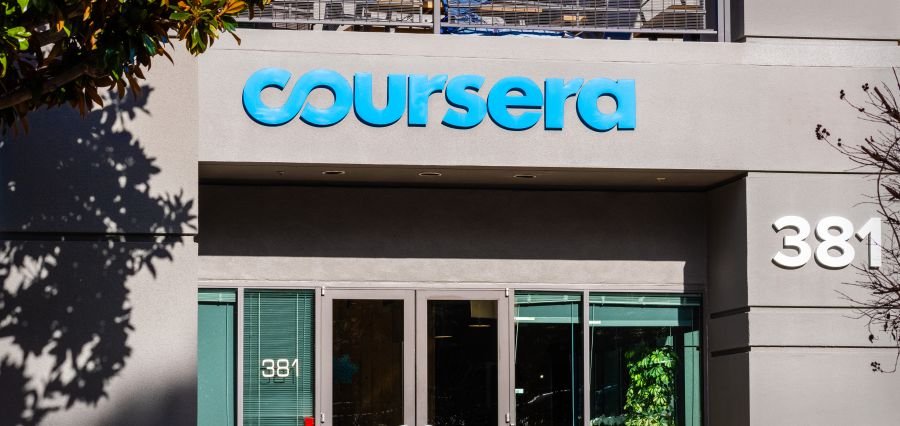Prime Highlights
- Lenskart will follow the transparent path and submit its DRHP in the open in early July.
- The eyewear unicorn plans to target a $1 billion IPO size at $10 billion.
Key Facts
- FY24 revenue was ₹5,427 crore with net loss lowered to ₹10 crore.
- Major lenders such as Citi, Kotak, and Morgan Stanley are handling the IPO process.
Key Background
Lenskart, the luxury eyewear brand from India, is defying the trend by opting to file its Draft Red Herring Prospectus (DRHP) publicly, instead of availing the SEBI-directed confidential filing option available. Lenskart will be filing its DRHP during the first half of July. This is a indication of Lenskart’s confidence regarding its financial health and growth plan, particularly when the majority of new-generation Indian start-ups are opting for the confidential path to push full transparency further away.
It is supported by robust business figures. Lenskart posted staggering improvement in its top and bottom lines, with FY24 revenues standing at ₹5,427 crore and net losses declined sharply to a paltry ₹10 crore from ₹63.7 crore during the previous year. It is a reversal to near-profitability, a feat that strengthens its attraction to institutional and retail investors in equal measure. The company has been profitable earlier before embarking on a period of high growth.
To raise $1 billion and target a valuation of $10 billion, Lenskart has appointed the best international and domestic banks to manage the IPO. Citi, Morgan Stanley, Kotak Mahindra Capital, Axis Capital, and Avendus have been appointed as lead managers. The appointments reflect big on the ambition and size of the public issue.
Founded by Peyush Bansal, Lenskart has expanded incredibly fast, not only in India but also the UAE, Singapore, and Japan. It has raised over $1 billion from some of the world’s most renowned investors like SoftBank, Alpha Wave, ADIA, ChrysCapital, and Fidelity. Bansal’s celebrity status, enhanced by featuring as a judge on Shark Tank India, lends authenticity and brand attraction to the firm as it readies itself for listing on public exchanges.









